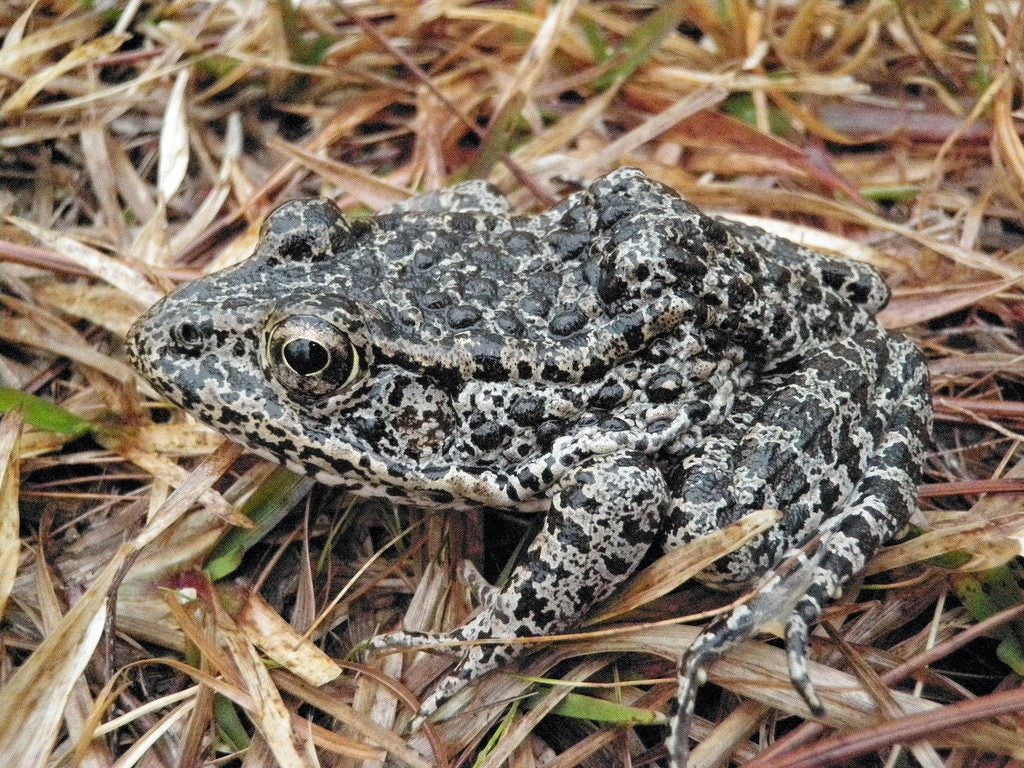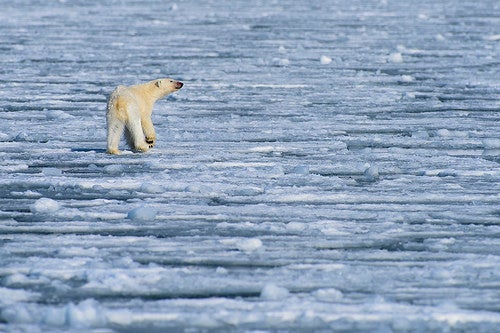Trump attacks vital conservation tool for threatened and endangered species, misses real problem
Critical habitat designations are an essential tool in the Endangered Species Act (ESA) toolbox. They are the primary mechanism Congress created to accomplish the goal of the act, “to provide a means whereby the ecosystems upon which endangered species and threatened species depend may be conserved.”

Because habitat loss and fragmentation is currently the leading cause of extinction, it’s vital to protect areas that currently contain the physical and biological features that are essential for species survival today.
Supporting imperiled species also requires that the U.S. Fish and Wildlife Service and National Marine Fisheries Service (Services) identify and protect historic ranges that can be restored or rehabilitated, provide key features or dynamic forces essential to species, or potentially become suitable habitat due to climate change. Critical habitat designations are the tool the Services use to do this.
As important as they are, critical habitat designations don’t come without controversy.
Real and perceived burdens of critical habitat
Critical habitat designations have created both real and perceived economic burdens on private landowners and industries, and these burdens have produced conflict that has sometimes undermined the efficacy of critical habitat designations.
Policymakers can address these burdens and conflicts in a number of ways, but recent efforts by the Trump administration don’t address the real problem.
Both regulatory reform and litigants in an upcoming Supreme Court case attempt to artificially limit critical habitat designations through convoluted definitional restrictions, which will only make wildlife recovery harder and more expensive.

Instead, policymakers and stakeholders should be looking for ways to pair critical habitat designations with economic and technical incentives that make designations an asset instead of a liability.
Trump’s shortcut would shortchange ecosystems
Rather than addressing the real and perceived burdens associated with critical habitat designations, the Trump administration has proposed a dangerous regulatory shortcut that could undermine the Services’ ability to identify essential habitat and protect species from extinction.

The obvious driver of these proposed regulatory changes is to reduce habitat protections so that industries and landowners face fewer restrictions. But the reality is that critical habitat designations rarely, if ever, prevent development on private land. An analysis of every Section 7 consultation performed between 2008 and April 2015 found that the U.S. Fish and Wildlife Service never reached a jeopardy or adverse modification finding. In almost 90,000 consultations, not one proposed project was rejected.
Trump’s proposal attempts to resolve conflict surrounding critical habitat designations by artificially constraining the science-based identification of unoccupied habitat, going so far as to propose avoiding designating critical habitat entirely.
Ignoring climate impacts will increase extinctions
One proposed rule change would allow the Services to avoid designating critical habitat when federal consultation wouldn’t directly resolve threats to species – for example, when “melting glaciers” and “loss of sea ice” contribute to population declines. The effect would be to stop designating critical habitat for species impacted by climate change, like the polar bear and wolverine.
This, of course, is short sighted.

Scientists predict that climate change could lead to the extinction of 40 percent of North American species, so this rule change could allow the Services to avoid designating critical habitat for the majority of listed species, which is contrary to the Services’ mandate from Congress.
Moreover, avoiding critical habitat designations in these situations ignores the other benefits of identifying ecosystems that are essential for fish and wildlife, such as prioritizing private resources, conservation efforts and recovery planning.
Ultimately, Trump’s proposed changes will only make it harder and more expensive to recover species by reducing protections for habitat.
Trump's dangerous wildlife proposal would straitjacket federal agencies' ability to make critical habitat designations and undermine their ability to protect species from extinction. Share on XRecommendations for improving critical habitat
Instead of straitjacketing the Services’ ability to make critical habitat designations and undermining their ability to protect species from extinction, the administration should:
- Pair critical habitat designations with financial and technical support to landowners.
- Investigate ways to leverage existing sources and find new revenue streams that can be directed to landowners that maintain or create essential habitat for imperiled species.
- Recognize that different pieces of critical habitat serve different functions and should be managed flexibly to maintain those functions.
- Ensure critical habitat designations remain science-based to achieve the goal of the ESA to preserve and recover species from the brink of extinction.
Policymakers should work with stakeholders to reduce conflict surrounding critical habitat designations and find innovative ways to turn species and ecosystem conservation into an economic opportunity.










